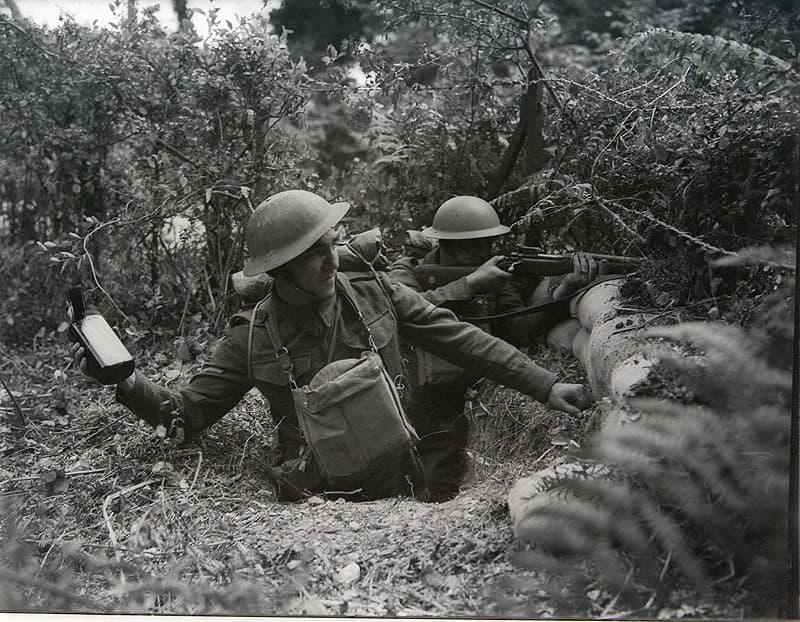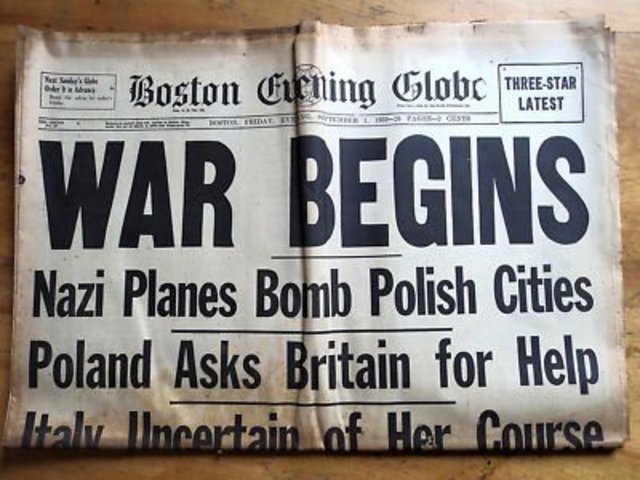
The Background of World War 2
World War 2, also known as the Second World War, was a global war that lasted from 1939 to 1945. It was the deadliest conflict in human history, with an estimated 50 million to 85 million fatalities. The war involved the majority of the world's nations, including all of the great powers, organized into two opposing military alliances: the Allies and the Axis.
The background of World War 2 can be traced back to the aftermath of World War 1. The Treaty of Versailles, which ended the first war, imposed heavy penalties on Germany that left the country in political and economic turmoil. This led to the rise of Adolf Hitler and the Nazi Party, who sought to restore Germany's power and prestige through military expansion.

The Start of World War 2
The start of World War 2 is generally considered to be September 1, 1939, when Germany invaded Poland. This prompted Britain and France, who had guaranteed Poland's independence, to declare war on Germany on September 3.
However, the events leading up to the invasion of Poland were complex and multifaceted. Germany had already annexed Austria and the Sudetenland, and had signed a non-aggression pact with the Soviet Union. The invasion of Poland was the final straw that led to Britain and France's declaration of war.

The Early Years of World War 2
The early years of World War 2 saw a series of German victories as they quickly conquered much of Western Europe. France fell in June 1940, leaving Britain as the only major power standing against the Axis powers. However, the Battle of Britain, fought in the skies over England, ended in victory for the Royal Air Force and prevented a German invasion of Britain.
Meanwhile, the war in Asia had been raging since 1937, with Japan launching a full-scale invasion of China. The United States had been providing aid to China, but did not enter the war until after the Japanese attack on Pearl Harbor on December 7, 1941.

The Turning Point of World War 2
The turning point of World War 2 can be traced back to 1942, when the tide began to turn against the Axis powers. In North Africa, the British Eighth Army, led by General Bernard Montgomery, defeated the German Afrika Korps, led by General Erwin Rommel, at the Battle of El Alamein.
In the Soviet Union, the German advance had been halted by the brutal winter of 1941-1942. The Soviet Red Army began to push back against the Germans, and the tide turned decisively in the Battle of Stalingrad in early 1943.
.jpg?1474743915)
The End of World War 2
The end of World War 2 is generally considered to be September 2, 1945, when Japan formally surrendered to the Allies. The war had been brought to a close by the dropping of atomic bombs on Hiroshima and Nagasaki by the United States in August 1945.
The aftermath of World War 2 saw the world divided into two superpowers, the United States and the Soviet Union, who were engaged in a Cold War that lasted until the collapse of the Soviet Union in 1991.

Conclusion
World War 2 was a global conflict that had a profound impact on the world. The war was caused by a complex web of political, economic, and social factors, and lasted from 1939 to 1945. The start of the war is generally considered to be September 1, 1939, when Germany invaded Poland. The war ended on September 2, 1945, with the surrender of Japan.